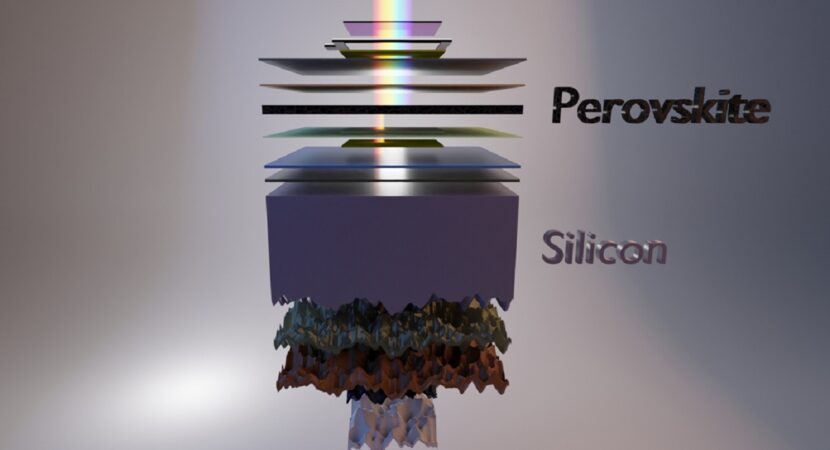
Researchers have developed a solar cell that uses silicon and perovskite together to generate an efficiency greater than 32%, something that until then was only possible with rare materials.
O silicon it is the main element used in solar panels worldwide, however, experts say that it is close to reaching its maximum efficiency limit. Therefore, researchers from the research institution Helmholtz Zentrum Berlin (HZB), in Germany, created a solar cell which reached a new efficiency record in the universe of solar energy using silicon and perovskite.
Scientists develop solar cell with efficiency greater than 32%
In the research, the team of scientists discovered that perovskite, a mineral that is relatively rare, can provide a much higher efficiency than silicon. However, with the union of the two materials, it was possible to develop solar cells with efficiency greater than 32,5%, therefore, they are more efficient than when they are used separately.
The intention is that each material has a different ability to collect light from the solar spectrum. While silicon works best with red and infrared waves, perovskite it is more efficient in collecting the blue light in the solar cell.
As the new solar cell is generated with several layers and has a new interface between the active area and the electrodes, it is possible to filter the different light spectra to reduce the loss of electrical energy and increase the overall efficiency.

According to Bernd Rech, professor and scientific director of the HZB, in the communiqué, at 32,5%, the efficiency of the solar cell that uses silicon and perovskite it is now in ranges previously achieved only by expensive III/V semiconductors.
According to a chart released by the National Renewable EnergyLab (NREL), in the United States, the new technology is considered the best solar cell today. Until then, the last record had reached 31,25% efficiency, however, only with more expensive devices. Either way, it's important to remember that the new efficiency record was independently recorded.
Scientists in Greece develop first solar power plant using graphene – perovskite
Researchers from the University of Rome Tor Vergata, in Italy, partnered with researchers from the Hellenic University of the Mediterranean, in Greece, to develop graphene - perovskite solar panels that can be more efficient, being produced with 2D materials, that is, two-dimensional.
According to the creators, these solar energy panels, installed on the island of Crete, can be integrated with each other, thus generating the first power plant with graphene panels – perovskite.
The unit can generate energy on a large scale, something that, until now, seemed to be possible only in controlled laboratory environments. According to the main author of the study, engineering professor Francesco Bonaccorso, the scientists' work is the result of about 5 years of research focused on expanding the scale of use of graphene solar panels.
Brazil installs half a million solar energy systems in 2022 alone
Brazil reached the mark of 500 photovoltaic solar energy systems installed this year, according to data from the National Electric Energy Agency (Aneel) calculated by Portal Solar. The number is the highest ever seen in a single year in the national distributed generation (GD) market, a sector that enables consumers to produce their own energy.
The installations made until October 20 represent almost a third of the total in Brazil, which accumulates 1,7 thousand systems. Throughout the year, the technology added 4,8 GW and has already generated benefits for more than 650 consumers. Most of the connections made this year are residential, totaling 413 thousand. Then comes the rural (42,3 thousand), industrial (5,2 thousand) and commercial (41,9 thousand) consumption classes.










